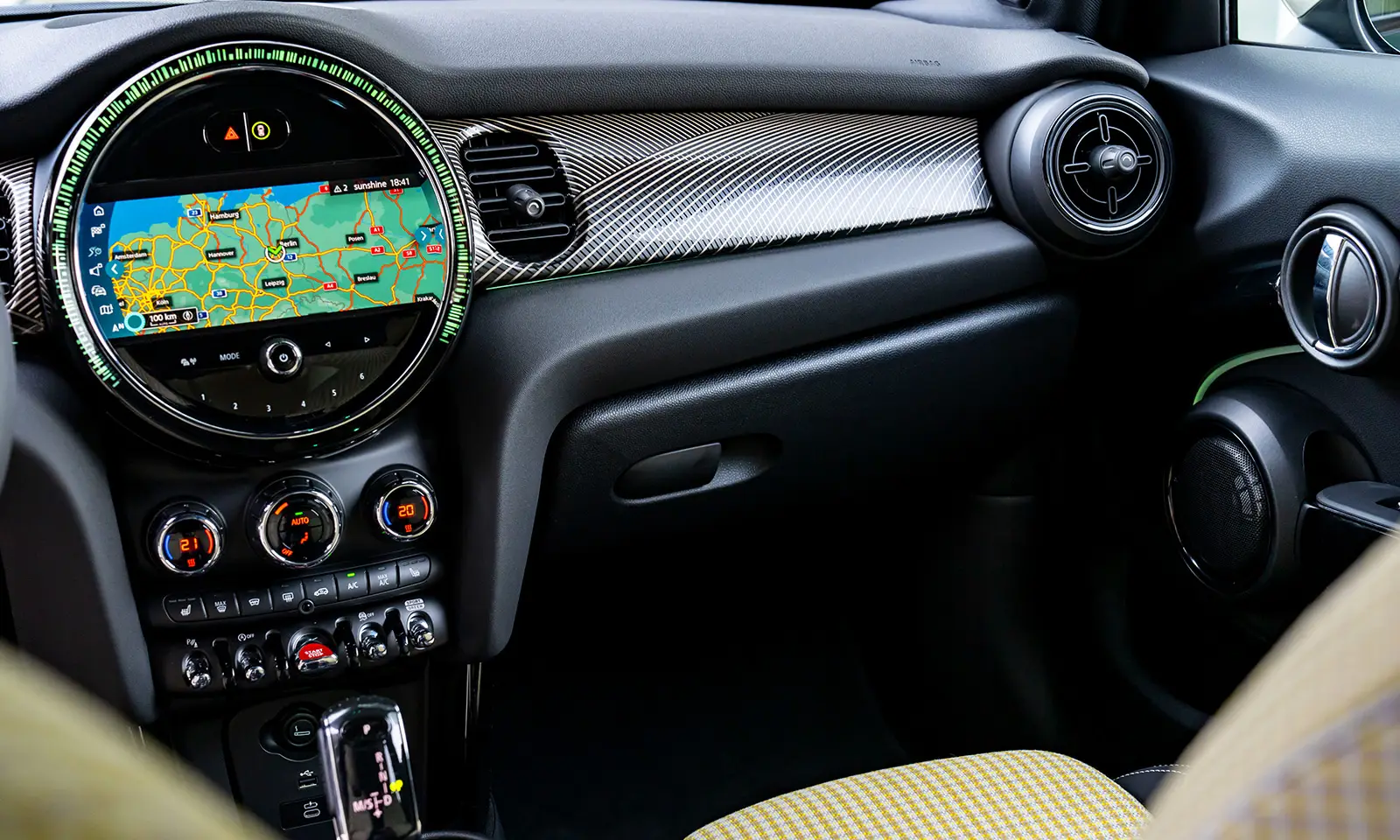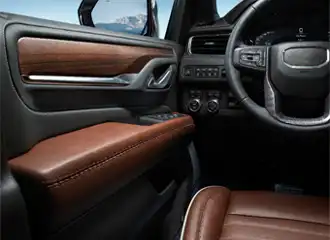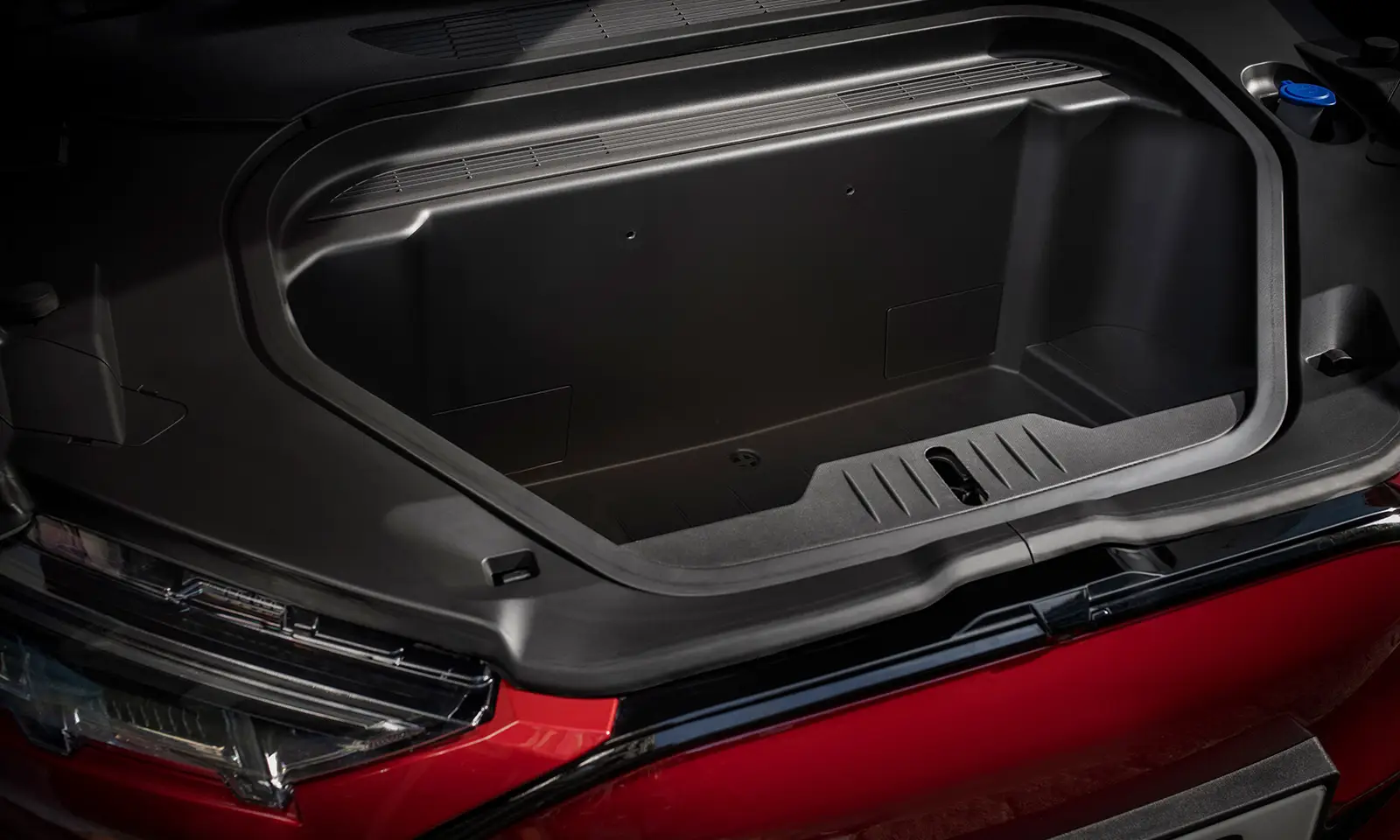
FiberFrame
IAC's FiberFrame lightweight alternative provides equivalent structural integrity with more than 50 percent weight reduction over steel frames and more than 30 percent weight reduction over plastic frames using eco-friendly, raw and renewable material.



